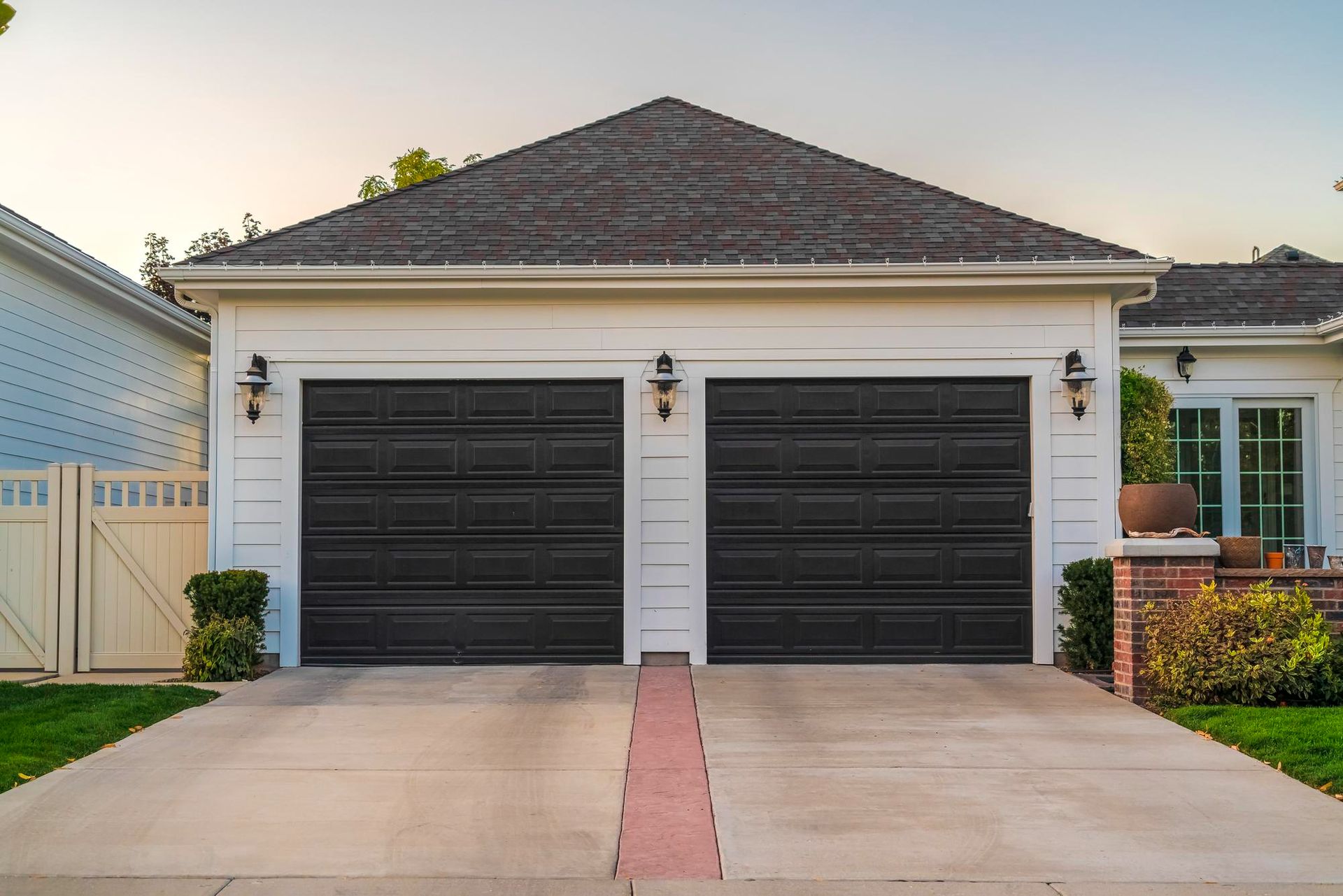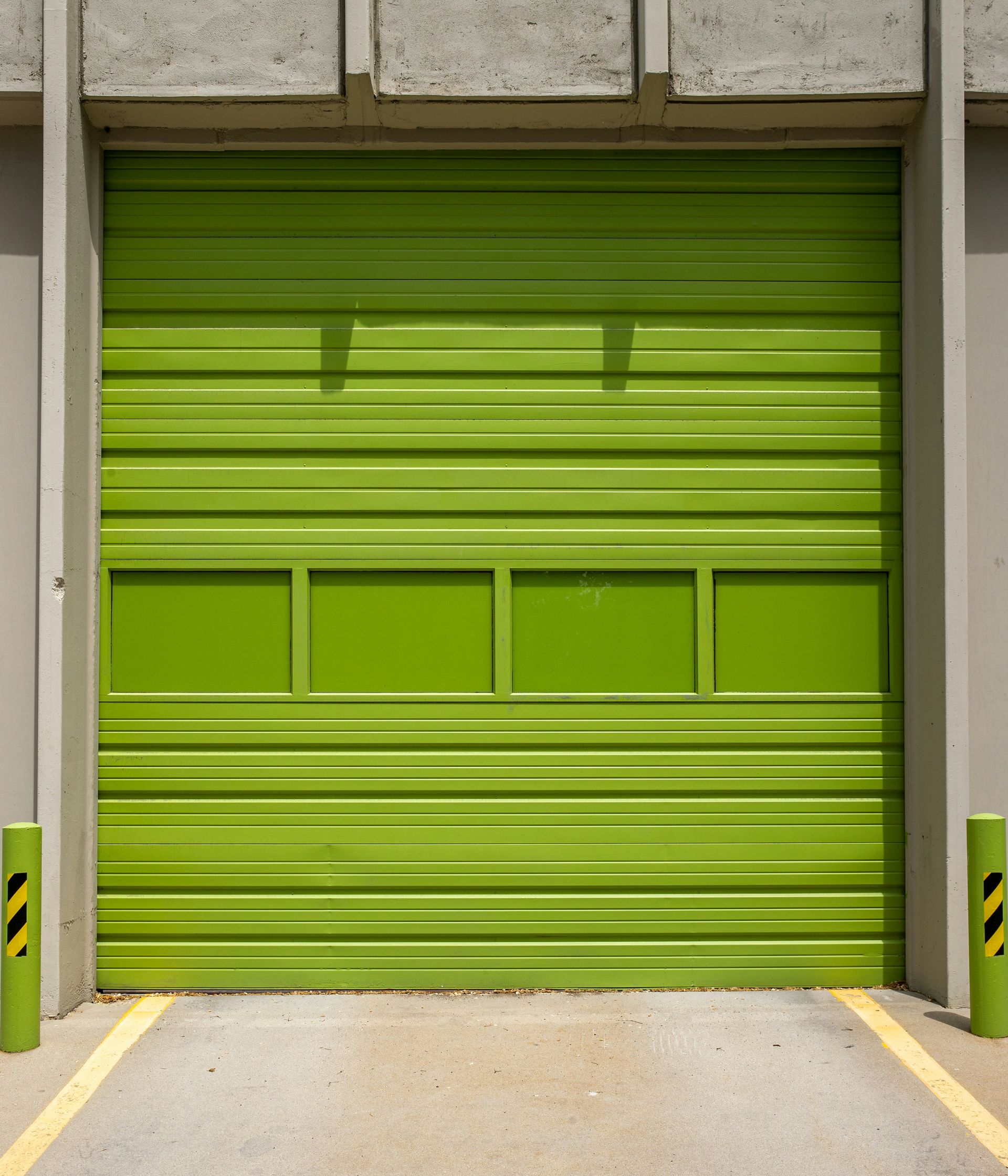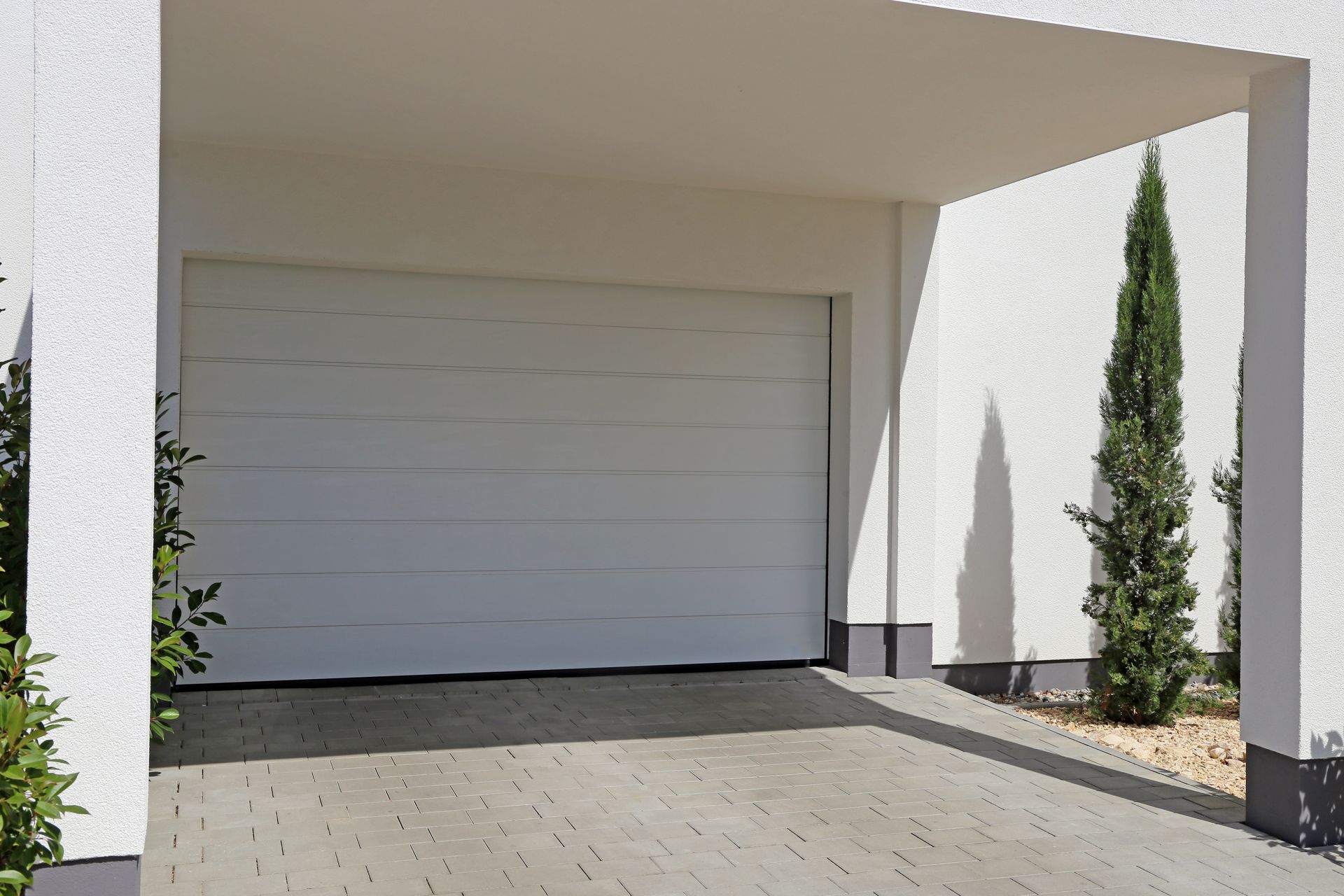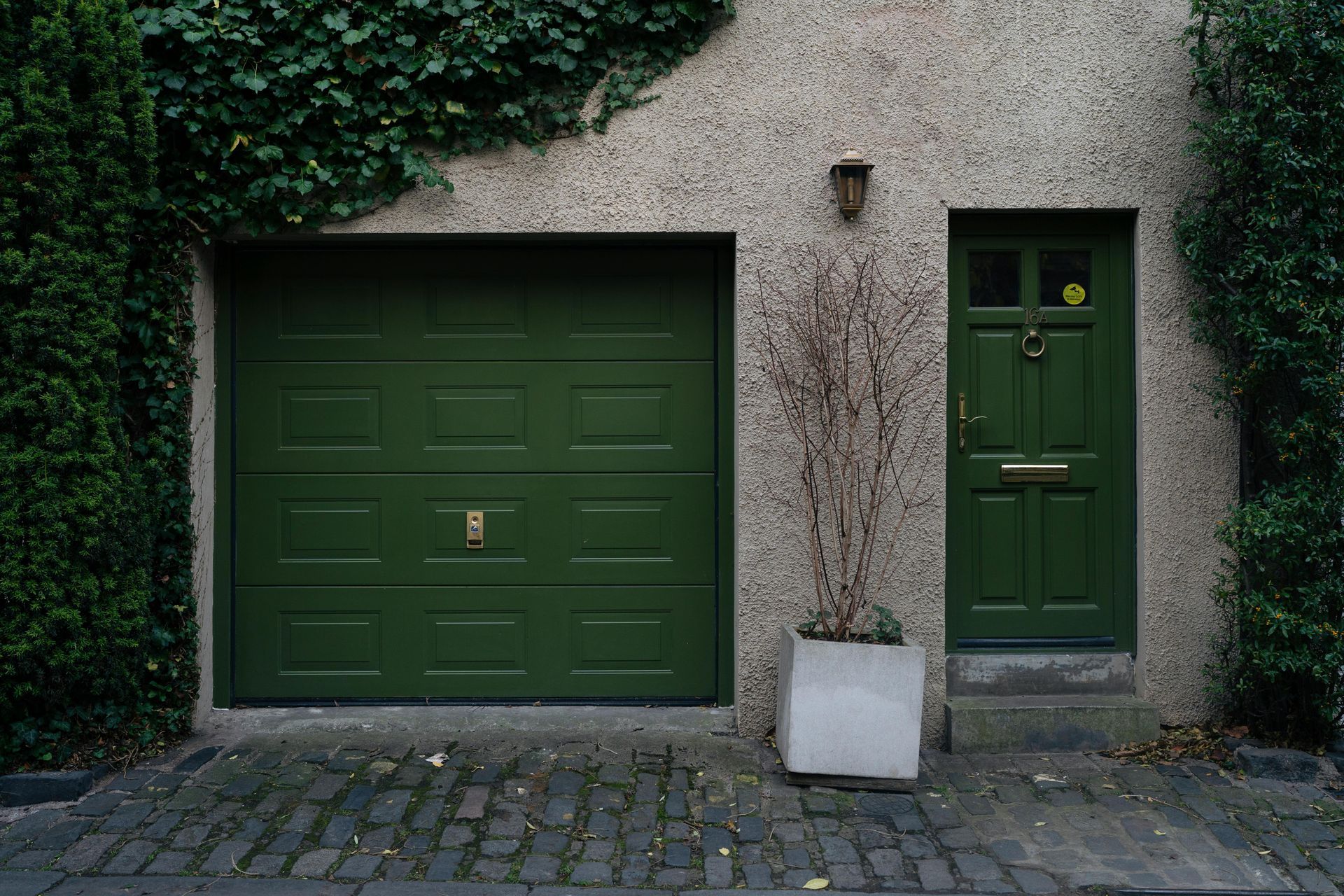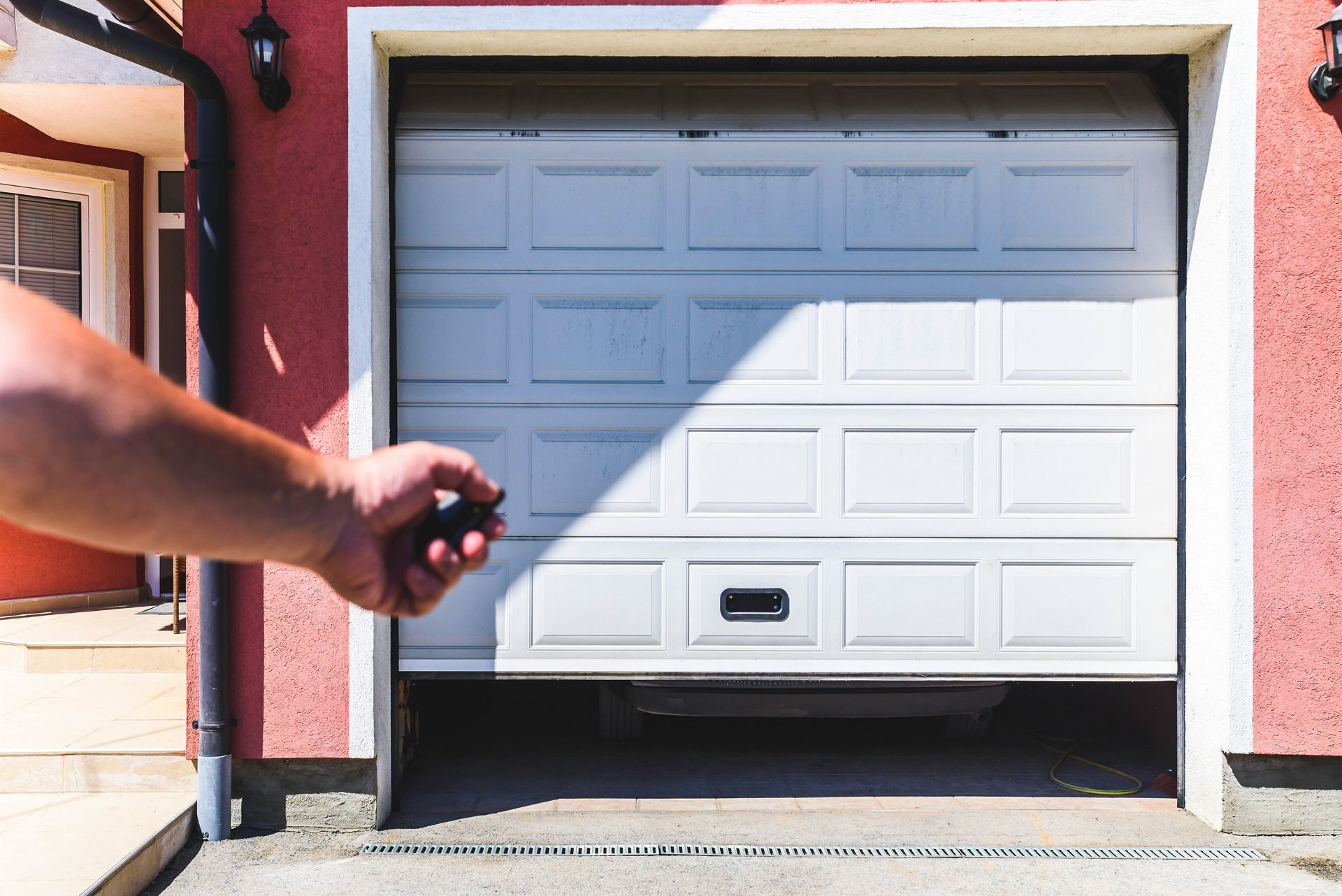Why You Shouldn’t Ignore Garage Door Spring Repair
The Silent MVP of Your Garage: The Garage Door Spring
When it comes to garage doors, most homeowners don’t think much beyond pushing a button and expecting the door to open. But behind that smooth operation is one small part doing some seriously heavy lifting: the garage door spring.
This compact but powerful component takes on the weight of your entire garage door, making it easy for your opener to do its job. If the spring fails, everything else—from your opener to the door itself—starts to suffer. A broken spring isn’t just inconvenient, it’s a safety hazard and a repair bill waiting to happen.
Ignoring
garage door spring repair isn’t just about putting off a chore. It’s gambling with the functionality and safety of your entire garage system.
What is a Garage Door Spring and Why Does It Matter?
Let’s get a bit mechanical. A garage door spring is a coiled metal device that counterbalances the weight of your garage door, helping it open and close effortlessly. There are two main types:
- Torsion Springs – Mounted above the door and use torque to lift it.
- Extension Springs – Located along the tracks on either side and stretch as the door moves.
So why is it so important?
- The spring carries most of the door’s weight.
- It prevents your opener from straining and wearing out.
- It ensures the door doesn’t crash shut unexpectedly.
- It allows for smooth, even motion when opening and closing.
When your garage door spring stops working, it’s like trying to lift a bowling ball with a rubber band. Things break. Fast.
Warning Signs You Need Garage Door Spring Repair
Garage door spring repair is not something to leave for “someday.” Knowing the warning signs can help you act before something goes seriously wrong.
Here’s what to watch out for:
Loud bang or snap from the garage
Often, that sound is a spring breaking under tension.
Garage door feels extremely heavy
If you try to lift it manually and it feels unusually difficult, the spring may be compromised.
The door won’t stay open
A properly working spring should allow the door to stay open on its own. If it slams shut, something’s off.
Door opens unevenly or jerks
If one side rises faster than the other, one spring may be doing all the work—or is already broken.
Visible gaps or separation in the spring
A clean break or stretching is a clear indicator that it’s time for a replacement.
Don’t try to fix this yourself. These springs are under intense pressure and can cause serious injury. This is definitely one of those “call the pros” situations.
The Real Dangers of Ignoring Garage Door Spring Replacement
It’s easy to ignore a small problem until it becomes a big one. But letting a failing garage door spring go unchecked can lead to serious risks—some you’ll feel in your wallet, others you might feel in your shoulder.
Here’s what you’re risking:
Injury to yourself or others
A broken spring can cause the garage door to drop suddenly, putting people or pets in harm’s way.
Damage to your car
If your door crashes down unexpectedly while your vehicle is coming or going, that’s going to be an expensive day.
Burnt-out garage door opener
Openers aren’t designed to lift a full garage door without help. You’ll quickly wear yours out if the spring fails.
Higher repair costs down the road
What could be a quick
garage door spring replacement today could turn into a full system overhaul tomorrow.
Spring problems don’t fix themselves. They only get worse—and more expensive.
Benefits of Timely Garage Door Spring Repair
Fixing a worn or broken garage door spring right away has more benefits than you might think.
- Increased safety – Avoid potential injury from a falling door or sudden snap.
- Better functionality – Your door works like it’s supposed to, every time.
- Longer opener life – Less strain means less wear and fewer breakdowns.
- Lower overall repair costs – Prevent damage to other parts of your system.
And let’s be honest—no one likes the sound of a garage door that screams when it moves. A fresh spring makes everything smoother and quieter.
Garage Door Spring Replacement: What to Expect
So you’ve decided to call in the pros. Good move. Here’s what the process usually looks like when you book a garage door spring replacement:
- Inspection of the entire system – A trained tech checks not just the spring, but the cables, rollers, and tracks.
- Identification of the spring type and size – The wrong spring will cause problems.
- Removal of the broken spring – Done with special tools to safely relieve tension.
- Installation of a new spring – Set to the correct tension for your specific door.
- System testing – Making sure everything runs smoothly and is balanced properly.
Most repairs take under two hours and have your garage door working like new.
DIY vs. Hiring a Professional: Why It’s Not Worth the Risk
It might be tempting to save a few bucks and do it yourself. But this is one job where DIY can lead to ER.
Why professional service is better:
- Proper tools – Most homeowners don’t have the winding bars and specialty equipment needed.
- Training and experience – A seasoned pro knows exactly how much tension is safe.
- Time-saving – What takes you all weekend, a tech can do in under two hours.
- Safety – Prevent injury to yourself or damage to your property.
- Warranties – Reputable repair companies back their work with guarantees.
In short: YouTube can’t replace real-world experience when it comes to high-tension components.
When to Repair and When to Replace Your Garage Door Spring
Not every issue means a total replacement, but many do. Here’s a quick guide:
You should replace your spring if:
- It’s snapped into two or more pieces.
- It’s over 7 years old.
- You see corrosion, warping, or significant stretching.
Repair might be possible if:
- The spring is intact but has lost some tension.
- It’s misaligned or slightly unbalanced.
Not sure which applies to you? That’s what professional inspection is for. The technician will let you know what’s safest and most cost-effective.
Keep Your Garage Door in Top Shape with Preventive Maintenance
A little maintenance goes a long way. Here are a few easy things you can do to help your springs last longer:
- Lubricate the springs – Use a silicone-based spray every 3–6 months.
- Check door balance – Disconnect the opener and lift the door halfway. If it stays put, your springs are doing their job.
- Listen for strange noises – Creaking, groaning, or grinding could mean a spring is on its way out.
- Schedule annual professional inspections – Catch problems early before they become major repairs.
Your garage door is one of the most-used entrances to your home. Treat it with the care it deserves.
Contact Cristo’s Garage Door for Reliable Garage Door Spring Repair in Fresno, CA
Don’t Let a Broken Spring Wreck Your Day
When your garage door spring fails, it’s never at a good time. At Cristo’s Garage Door, we offer expert garage door spring repair and garage door spring replacement services to keep your home or business running smoothly. We work on all major brands and offer fast response times for both residential and commercial customers.
Don’t wait until your garage door refuses to open—or worse, crashes down. Give
Cristo’s Garage Door a call at
(559) 320-5158 to schedule a service appointment today. We proudly serve Fresno, CA, and the surrounding areas with
dependable, professional garage door solutions. From routine maintenance to full spring replacement, we’ve got you covered.
FAQs
How much does garage door spring repair typically cost?
Costs can vary, but you can expect to pay between $150 and $350 depending on the type of spring and labor involved.
How long do garage door springs last?
Garage door springs generally last about 7 to 10 years, or 10,000 open-close cycles.
Can I open my garage door if the spring is broken?
It’s possible, but not recommended. Doing so puts strain on your opener and risks further damage or injury.
What happens if I don’t replace a broken garage door spring?
Your door could stop working entirely, damage other components, or become a serious safety hazard.
Should both springs be replaced at the same time?
Yes. If one spring has failed, the other is likely close behind. Replacing both ensures even tension and smoother operation.
